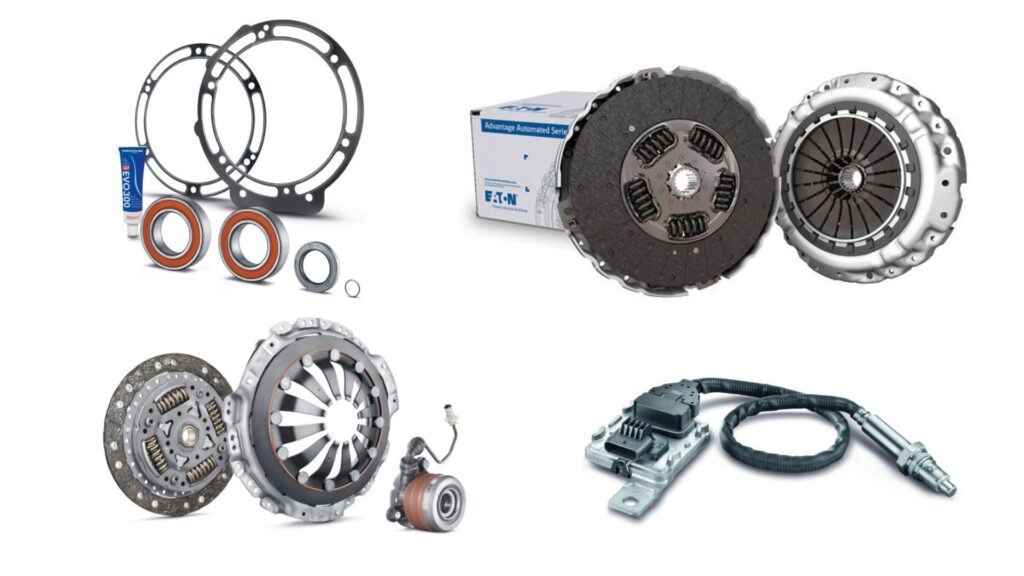Strong export-led growth combined with demand for premium vehicles and alternative propulsion tech, could drive the Indian auto component industry to a market size of $200 billion by 2030
The Indian automotive components industry is on the cusp of substantial growth and advancements, fuelled by India’s strategic position in global supply chains, rising demand for premium automotive features, and alternative powertrain technologies. These factors together have the potential to increase the industry’s market size to $200 billion by 2030, growing at 16% CAGR, up from $74 billion in 2024, with most growth coming from the exports market.

While the domestic market will remain a significant contributor to India’s auto component industry over the next decade, exports are expected to grow five-fold to $100 billion. Domestic OEM sales and aftermarket sales are projected to grow at CAGR of 6% to $89 billion & $16 billion, respectively. This could position component exports as the largest segment by 2030, empowering the industry to attain self-reliance, and establish itself as a global hub for future mobility solutions.
Key findings from the research
Three segments of the auto-component industry – exports, domestic OEM sales, and aftermarket sales – are expected to provide unique opportunities for auto component manufacturers.
Exports
· Export revenues could soar to $100 billion by 2030 from $21 billion in 2024, at 30% CAGR. Key target markets include North America, Europe and Latin America.
· Component exports are expected to increase five-fold from $20 billion in 2023 to $100 billion by 2030, while domestic OEM sales are expected to reach $89 billion by 2030.
· With rapid electrification expected in developed markets in the coming years, multiple ICE component segments are expected to become low volume in these markets, allowing Indian suppliers to create opportunities at scale, especially SMEs.
· India can accelerate exports of non-powertrain parts where it already has a strategic advantage and high potential for growth such as bearings, rubber components, and suspension systems. India can also build a competitive advantage in high-value component export categories like exhaust, cabin and load body parts.
Domestic OEM sales
· Vehicle sales in India could grow from about $99 billion in 2023 to about $195 billion by 2030, at 10-11% CAGR. In tandem, the domestic OEM component sales are projected to rise from $59.3 billion in 2023 to $89 billion in 2030.
· The rise in spending power of consumers and urbanization are increasing the demand for passenger vehicles and light commercial vehicles; increase in rural incomes is helping drive two-wheeler sales, particularly for ICE vehicles.
· Electric two-wheelers will account for over 50% of category sales by 2030, electric four-wheelers 15%. The cumulative EV Li-ion battery demand in India is estimated to reach roughly 100 gigawatt hours by 2030 and will offer opportunities across the Li-ion battery value chain: raw material refining, active material and cell components, cell production, battery packing and integration, and, finally, recycling.
· Software will be a major focus area; it will help bring a ‘zonal architecture’ for electric/electronic (E/E) components; more than 30% of all produced vehicles will have a zonal E/E architecture by 2032.
· In addition to designing and manufacturing component parts like chassis, powertrains, cockpits, auto component manufacturers will also be involved in developing the software systems and application software for the parts they produce.
Domestic aftermarket
· India’s total vehicle parc across segments stands at roughly 333 million units and is expected to reach 430-435 million units by 2030.
· The domestic auto-component market is set to grow at 6% CAGR to $16 billion by 2030, driven by an expanding vehicle parc and increasing vehicle age. The PV and CV segments could reach $5 billion each, the 2W and 3W segment is expected to reach $4 billion, the tractor segment could reach $2 billion by 2030. Premiumization, organized service marketplaces and direct-to-consumer sales models will bolster the aftermarket.